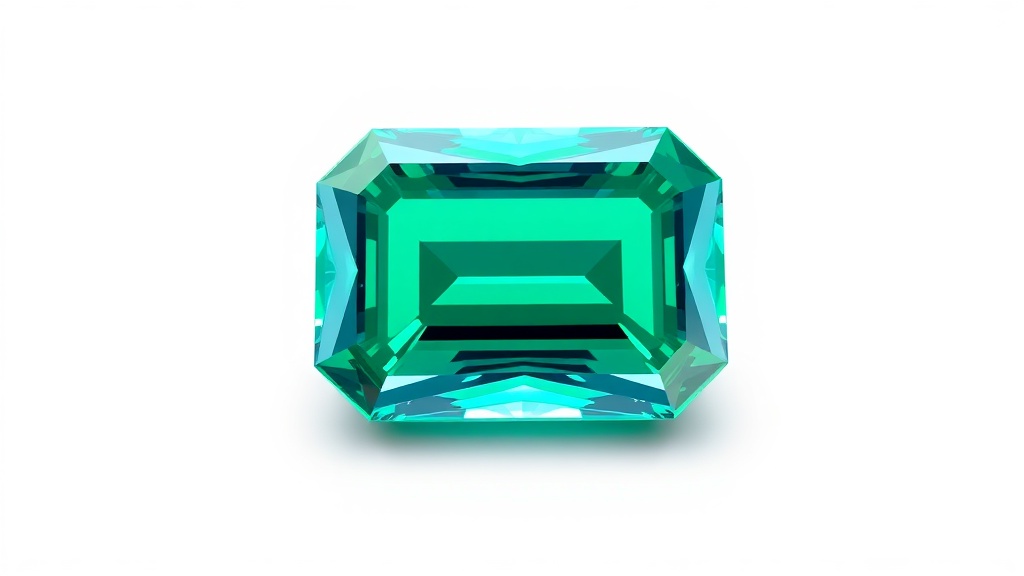Home / Science / Gems Illuminated the Scientific Revolution
Gems Illuminated the Scientific Revolution
9 Nov
Summary
- Gems were central to advancements in physics, chemistry, and mineralogy
- Gemstone connoisseurship united diverse groups, from aristocrats to merchants
- Raman Spectroscopy, a modern gem-evaluation technique, has roots in earlier studies

Contrary to popular belief, gemstones were not just prized for their artistic or commercial value, but also played a central role in the scientific revolution that took place in Europe between 1500 and 1800. According to Michael Bycroft, Associate Professor at the University of Warwick, gems were an integral part of advancements in fields like experimental physics, chemistry, and mineralogy during this period.
Bycroft's research reveals that early modern scientists, such as Jean Francois Du Fay and Robert Boyle, were deeply engaged in studying and classifying gemstones. They used scientific techniques, instruments, and theories to distinguish between high-quality and low-quality diamonds, rubies, and other precious stones. This practice of "connoisseurship" brought together a diverse group of people, from aristocratic scientists to gem merchants and collectors.




